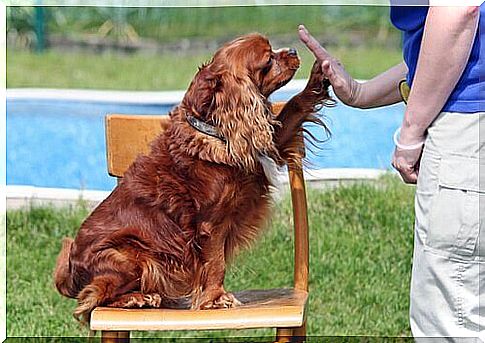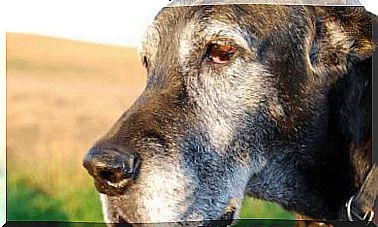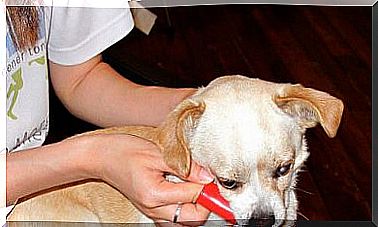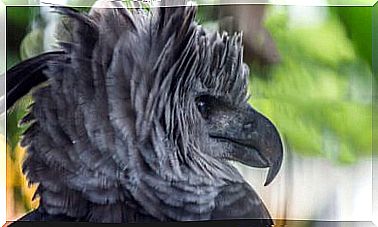The Dog’s Social Skills

The emotional intelligence and reality of dogs are known to be complex and sometimes similar to that of a young child. There are a variety of dog cognitive tests that demonstrate their social skills and how to improve them.
The dog’s social skills: communication with people
One of the most interesting experiments in discovering the dog’s social abilities was the project of ethologist Brian Hane with his dog Oreo, with which he demonstrated his great social intelligence.
Dogs can understand our signs of communication and therefore there are dog breeds that are easy to train. But can they give the same signals to build mutual understanding?
Other dogs did not respond in this way, which shows that each animal has different abilities. Even so, it does mean that dogs are not only able to receive our information, they are also able to give us information on purpose.

The Dog’s Social Skills: Fast Mapping
Fast mapping is one of the dog’s most interesting social skills. Humans learn the meanings of words very quickly at an early age. This capacity increases from 12-16 months (we have the ability to learn a word every three days on average) to around 10 years of age, when we learn an average of 12 words a day.
Fast mapping is the ability to discover the meaning of words through inferences, which allows for fast learning and storage that requires little repetition or practice.
There were many attempts to teach primates our language in the 1980s. And hundreds of words were taught to different species, but not by fast mapping.
However, dogs have been shown to learn a language through fast mapping. Rico was the first to prove it at the Max Planck Institute.
A few weeks later, Rico remembered the names without having trained that skill. He could also see replicas, photos or images of the objects mentioned.

These studies were then continued and it was found that different dogs learned up to 1,000 words. So Oreo and Rico probably don’t have much different abilities than their peers.
The dog’s social skills: exclusionary principle
Another experiment was to check whether dogs have the ability to apply the principle of exclusion. In addition, the dog was shown where there is no food. The animal concluded that the food is on the other side.
It has also been shown that by inference, dogs can tell which objects are seen and which are not.
You put balls behind an opaque and a transparent wall. When asked to bring them, most of the dogs fetched the ball that was visible to both of them.
Since the animal was on the other side of the walls, it could see both balls. When both were on the side where both balls were visible, the dog chose at random.
Another interesting example is Phillip, a dog trained by Joseph Topel: instead of training the animal through repetition and the trial / error method, Joseph tried to teach Phillip new tasks with the command “do as me”.
And he did it: Phillip immediately did new tasks by imitation.
The dog’s social skills can be improved through these types of experiments. It also discovered that dogs are much more intelligent than we think. They even outperform whales and monkeys in some cognitive abilities. Is not that incredible?









